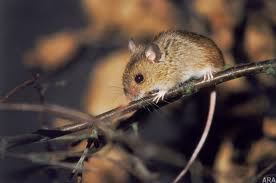S.M.L.
Home Repair, Improvements & Nuisance Wildlife Control
Home Repair, Improvements & Nuisance Wildlife Control
Doing any rodent work on your own can result in injury and/or sickness and should only be proformed by a lisenced NWCO technician!
Rodent Control
Mice and Rat Information
Rats and mice ( Rodents ) are tenacious pests. They can cause food poisoning and contaminate living areas with urine, droppings and hair, spread diseases like rabies, hantavirus, ratbite fever. They often cause great damage to building structures, stored food and wiring because they can chew through materials like wood and some metals like thin aluminium flashing and cement.
Sleeping children who may have food smells on their face or hands have been bitten by rodents during the night.
The Norway rat, and the mouse are the most common rodents next to squirrels.
Norway or Brown Rat
The Norway rat, about 8 to 10 inches,
must have water daily to survive.
They typically live in areas
where garbage is readily available.
They are burrowers and often dig through,
and under dumpsters, buildings or concrete,
causing damage to sewer lines, building foundations
or blocking by undermining.
Rats will nest within 150 feet of food and water, often using holes and tunnels along foundations and walls. They usually live around the lower floors of a building depending on population and have been known to live in attic spaces. They can enter a building through a 1/2" to 3/4" hole, chewing it out for easier access.
They prefer food that is high in protein or carbohydrates and eat almost anything. Garbage can be a well balanced diet.
Norway or Brown rats are grayish-brown or brown and
heavy-set with a rounded nose.
The tail is as long as the head and body together.
Adults weigh in at 3/4 to 1 lb. Their droppings are
3/4 inches long and oval-shaped. They have 8-12 babies a litter
and up to 7 litters a year.
Mice
The most common are the house, white- footed, or deer mouse, and the field mouse.
Mice normally live outdoors in fields and wooded areas, occasionally moving into homes or buildings. In houses, they live behind walls, basements, boxes, crawl spaces and in cabinets and furniture. Mice can survive almost anywhere and need very little space, food, or water.
Mice generally make their nests within 30 feet of their food source. If food is readily available they may only travel no more than a few feet from their nest. They do not require water daily.
They have about 5 babies a litter and up to 8 litters a year. ! Do the Math ! WOW
Don't let this happen to you CALL S.M.L. Nuisance Wildlife
RODENT CONTROL IS VERY IMPORTANT!!
Because rodents breed every three to four weeks, you need to act quickly to rid them of your home or business at the first sign of invasion.
Rodentproofing your home or work place is key! Let S.M.L. Nuisance Wildlife Services rodentproof your house for you. We will inspect your foundation, basement, and other areas for access and seal off these spots.
In comparison to house mice, white-footed and deer mice have larger eyes and ears. They are considered by most people to be more “attractive” than house mice, and they do not have the characteristic mousy odor of house mice. All species of Peromyscus cause similar problems and require similar solutions
Fifteen species of mice may be found in the United States. The two most common and widely distributed species are the deer mouse, and the white-footed mouse. Collectively, all species of Peromyscus are often referred to as “white-footed mice” or “deer mice.”
.
HIC # 602078 Home Improvement
NO # 1038 Nuisance Wildlife Control
steve@smlhomerepair.com 860 878 4481
NO # 1038 Nuisance Wildlife Control
steve@smlhomerepair.com 860 878 4481
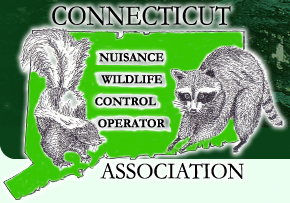
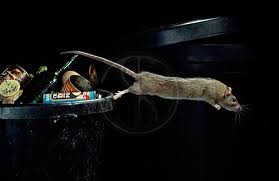
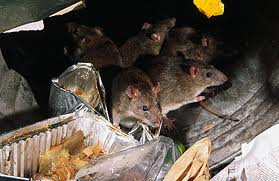

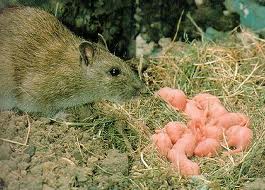
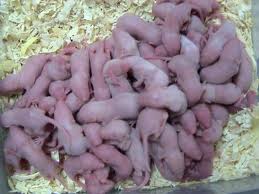
Rodents,
Rats and
Mice
Rats and
Mice
=

